May 20, 2025 | 22:52 GMT +7
May 20, 2025 | 22:52 GMT +7
Hotline: 0913.378.918
May 20, 2025 | 22:52 GMT +7
Hotline: 0913.378.918
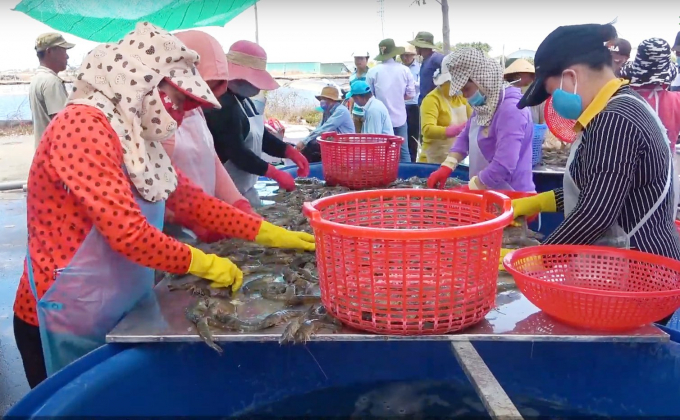
Shrimp harvested in Ba Ria - Vung Tau province. Photo: Thanh Son.
Vietnam's seafood exports to East Asia have been growing well since the RCEP Agreement officially took effect. The great demand from many East Asian markets is an opportunity for Vietnamese seafood.
According to Ms. Nguyen Thi Thu Thuy, Deputy Director of the Export Support Center, Department of Trade Promotion (under the Ministry of Industry and Trade), the RCEP (Regional Comprehensive Economic Partnership) Agreement officially took effect from January 1, 2022, opening new opportunities for all partners.
For Vietnam, it is a new opportunity for enterprises to join new production and value chains in East Asia, in which seafood exporters are included. The RCEP Agreement helps businesses to promote the export of seafood products to member countries' markets, especially when exporting to the markets of leading trading partners such as Japan, Korea, and China, etc., thanks to relaxed rules of origin.
With previous free trade agreements, seafood products for export are all required the exact origin in Vietnam. But RCEP Agreement will provide grants for products even if breeders are imported and cultured in Vietnam for export. This is the common rule for any member countries.
Currently, Vietnam exports seafood to more than 160 markets around the world, in which exports to RCEP member countries account for a large market share, over 63% of Vietnam's seafood exports.
Over the past time, Vietnam's seafood exports to the markets of ASEAN countries, China, Japan and South Korea have all had positive growth. The achievements in the past years affirm the position of Vietnam's seafood sector, which will be one of the industries with enough competitiveness and can penetrate more strongly into the markets of the RCEP member countries.
It is worth noting that many markets in East Asia have a huge demand for seafood consumption.
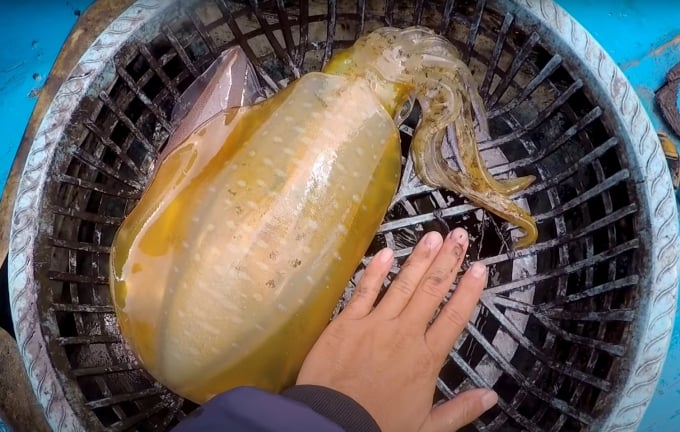
Squid has just been caught by fishermen on the waters of Ba Ria - Vung Tau province. Photo: Minh Sang.
According to Mr. Nong Duc Lai, Vietnam's Trade Counselor in China, China is the world's largest seafood producer, accounting for about 40% of the total global seafood output. However, while seafood demand is continuing to increase in China (previous was 11 kg/person/year, by 2019 increased to more than 13 kg/person/year, and now is around 14 kg/person/year), the country's output is almost unchanged. Data from the China Statistics Office shows that, in recent years, the country's seafood production has remained at about 64 million tons, of which aquaculture accounts for 80%.
Meanwhile, as stated in the China Agricultural Outlook 2021 - 2030 report, seafood consumption in China is now higher than domestic production. In 2021, seafood consumption in China is 67.3 million tons, while production is 64.5 million tons.
Therefore, although it is the world's largest seafood exporter, in recent years, seafood imports into China have been increasing rapidly. In 2021, China imported 3.6 million tons of seafood, worthed nearly US$ 15 billion, doubling the turnover compared to 2015.
Mr. Nguyen Manh Dong (Vietnam Trade Office in Japan) says that Japan is always among the largest seafood consuming countries in the world. Due to limited agricultural land, Japan considers the sea an important source of food. 90% of the annual fishing output in Japan is supplied to the domestic market. Demand for seafood imports into Japan is currently at a high level.
In 2019, Japan ranked 3rd in the world in terms of seafood imports, both in volume and value.
Ms. Tran Le Dung, in charge of the Vietnam Trade Office in Malaysia, says that Malaysia is a Muslim country, so it uses a lot of seafood products. Malaysians often eat rice mixed with fish, squid, etc.
The great demand from East Asian countries is an opportunity for Vietnam to boost seafood exports to countries in the region, especially since the RCEP Agreement took effect.
In the first 4 months of 2022, Vietnam's seafood exports to China reached more than US$ 584 million in value, up 98% over the same period in 2021. Vietnam's seafood exports to Malaysia increased by 40.7% compared to the same period in 2021, and exports to Japan increased by 15%, to Korea increased by 27%, etc.
According to the Vietnam Association of Seafood Exporters and Producers (VASEP), in the first 4 months of this year, Vietnam's seafood exports reached US$ 3.7 billion, up 47% over the same period last year. With the above turnover, seafood export in the first 4 months of this year reached the highest compared to the same period in previous years.
In the first 4 months of 2022, export turnover to main markets achieved positive growth. In the Top 5 largest markets of Vietnamese seafood, there are 3 East Asian markets: China (US$ 584 million), Japan (US$ 491 million) and South Korea (US$ 289 million).
Translated by Duc Thuan
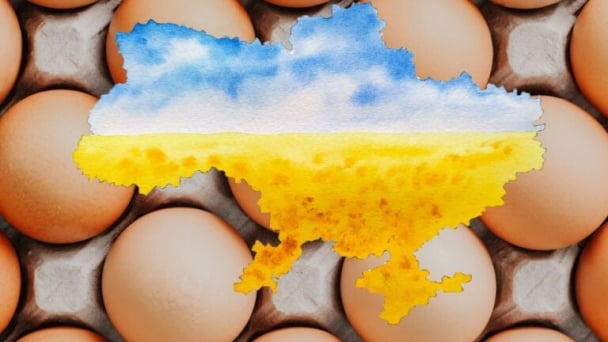
(VAN) Oliyar, a prominent Ukrainian oil and fat manufacturer, has revealed plans to build a farm for 2.3 million laying hens in the Lviv region. The additional production quantities promise to change the competitive landscape of the egg market of the Eastern Europe region.
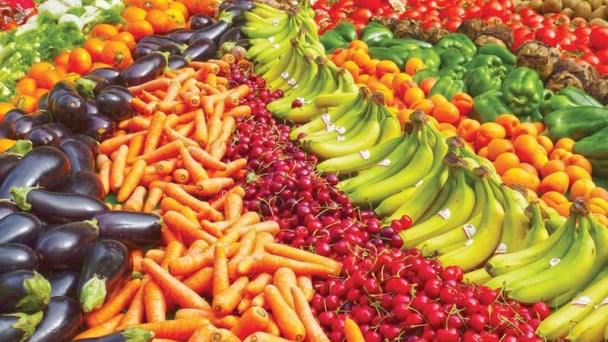
(VAN) On May 15, Ministry of Agriculture and Environment of Vietnam hosted the 'Connecting Vietnam - Germany agricultural, forestry and fishery trade' seminar in Berlin, Germany.
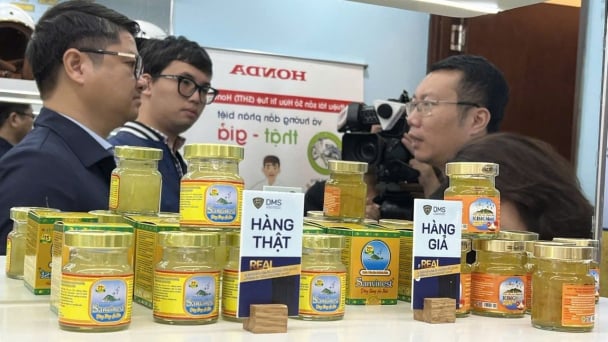
(VAN) In the face of counterfeit and imitation products, Khanh Hoa Salanganes Nest Company hopes for the prompt completion of the legal framework, strict enforcement against violations, and protection of the bird’s nest brand.
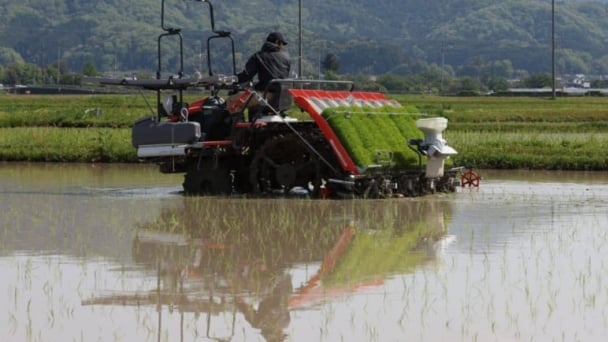
(VAN) Japan's efforts to lower the price of rice through the release of its stockpile may finally be making some progress, albeit at a snail's pace.

(VAN) U.S. tariffs are not only a 'shock', but also an opportunity for Vietnamese businesses to renew their mindset toward comprehensive development.
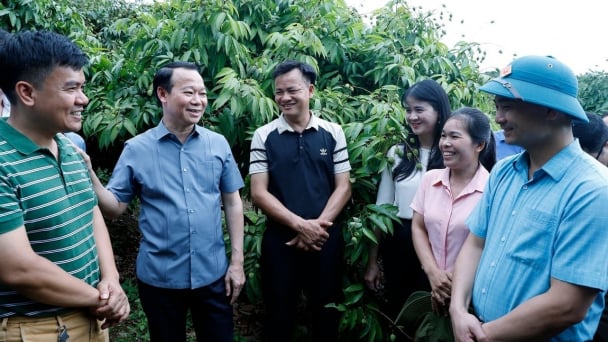
(VAN) As Bac Giang lychee enters the harvest season, Minister Do Duc Duy expects that the fruit will contribute greatly to agricultural exports due to standardized production and deep processing.

(VAN) Consumers have shown a preference for free-range eggs, but those farming systems are more vulnerable to biosecurity risks like bird flu.